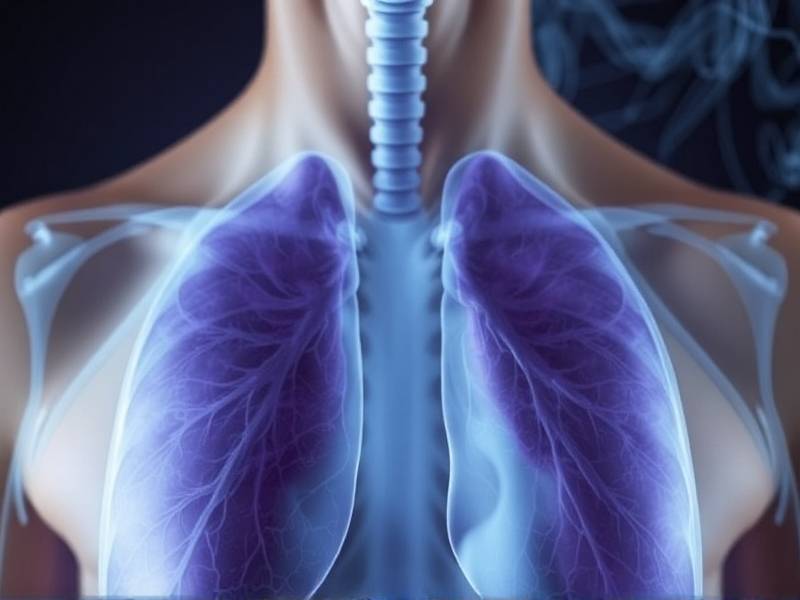How to Improve Your Lung Health After Quitting Smoking
Reviving Your Lungs: A Comprehensive Guide to Post-Quitting Smoking Lung Health Improvement
Introduction: The journey to quitting smoking is not just about breaking a habit; it's also about reclaiming your health, starting with your lungs. After years of smoking, your lungs may have suffered significant damage. However, there are effective steps you can take to improve lung health after quitting. This article will explore various strategies to help you breathe easier and restore the vitality of your respiratory system.
Understanding the Impact of Smoking on Lungs

-
The Chronic Effects of Tobacco: Smoking introduces harmful chemicals into the lungs, leading to chronic conditions such as chronic bronchitis and emphysema. These conditions can significantly impair lung function and overall health.
-
The Healing Process: Once you quit smoking, your body begins a healing process. The first few months are crucial as your lungs start to clear out accumulated tar and mucus.
Strategies for Improving Lung Health Post-Quitting
1. Increase Physical Activity Regular exercise helps improve lung capacity and strengthens the respiratory muscles. Activities like walking, jogging, swimming, or cycling can be particularly beneficial.
2. Deep Breathing Exercises Practicing deep breathing exercises can enhance lung function by increasing oxygen intake and promoting relaxation.
3. Quitting Other Harmful Habits Avoid exposure to secondhand smoke and other environmental pollutants that can further damage your lungs.
4. Maintain a Healthy Diet A balanced diet rich in fruits, vegetables, lean proteins, and whole grains can support lung health by providing essential nutrients.
5. Stay Hydrated Drinking plenty of water helps thin mucus in the lungs, making it easier to expel when you cough.

6. Seek Professional Guidance Consult with a healthcare provider for personalized advice on how to improve your lung health post-quitting smoking.
7. Use Nicotine Replacement Therapy (NRT) if Needed NRT products like gum or patches can help reduce cravings and withdrawal symptoms during the initial stages of quitting.
8. Monitor Your Progress Regular check-ups with a healthcare provider will help track improvements in lung function over time.
Conclusion: Improving lung health after quitting smoking is a gradual process that requires patience and dedication. By incorporating these strategies into your daily routine, you can significantly enhance your respiratory well-being and potentially prevent further complications associated with smoking-related diseases.
Remember, every step towards a smoke-free life is a step towards better health for your lungs and overall well-being. Embrace this journey with optimism and take pride in the positive changes happening within your body as you breathe more freely each day.
